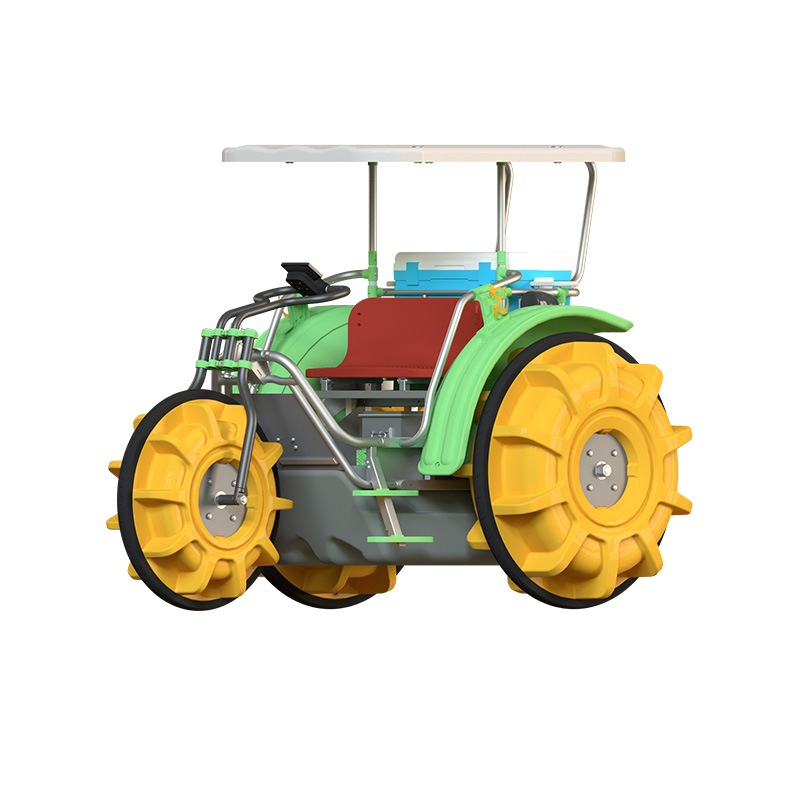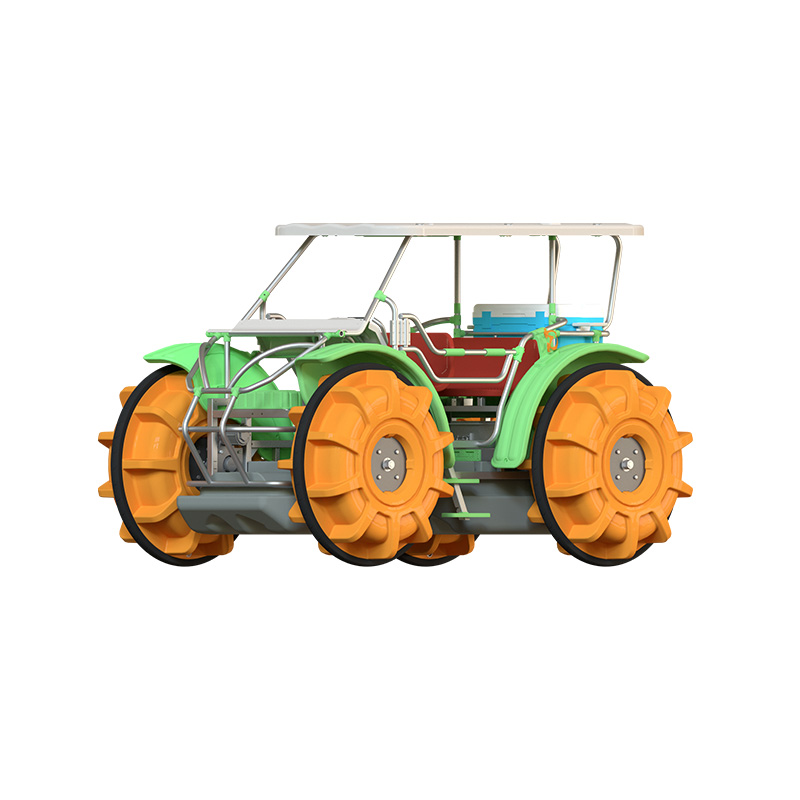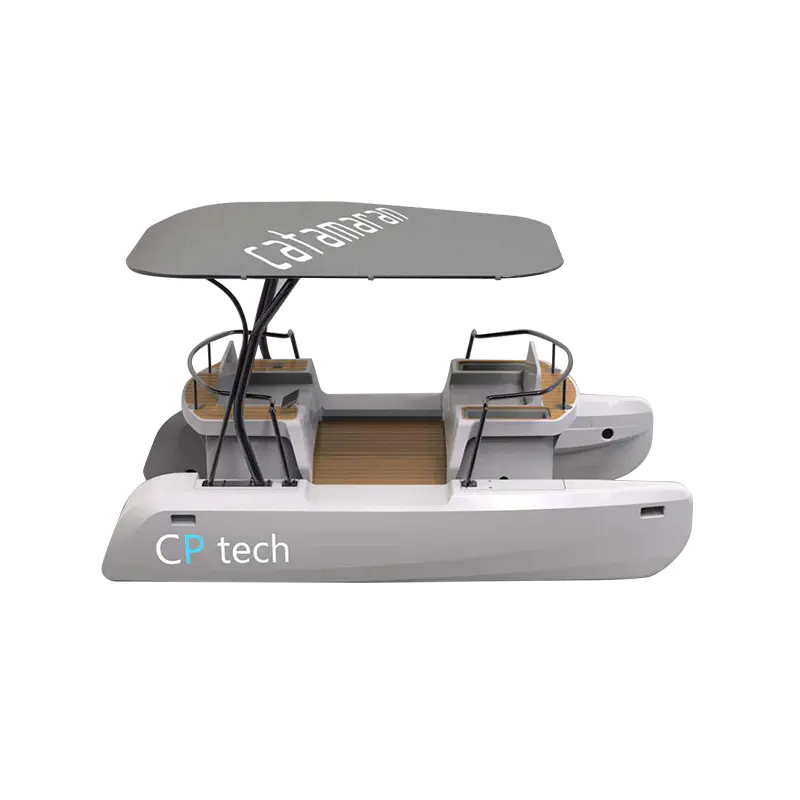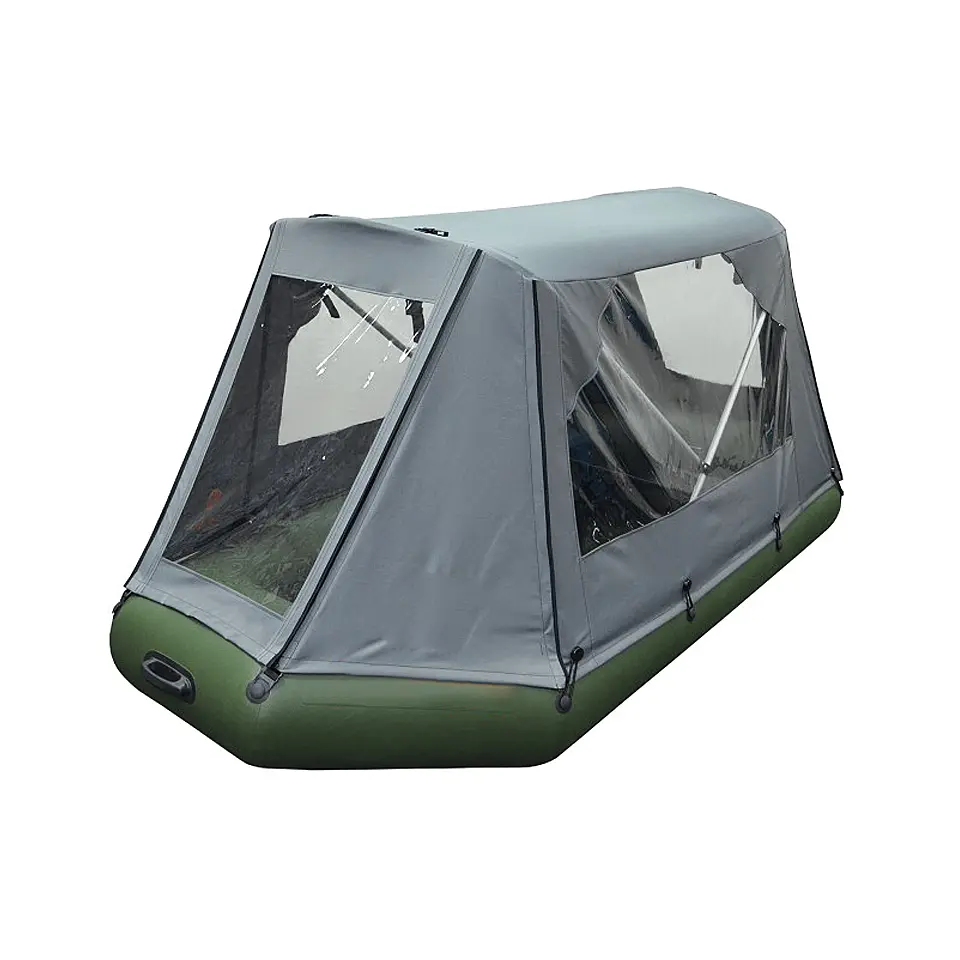Amphibious Vehicles | Beautiful Travel
2024-08-29
An amphibious vehicle is a special vehicle that can travel on land or on water. This type of vehicle usually has the following features:
1. Amphibious design: The vehicle is designed with both land and water environments in mind, so it is equipped with tires suitable for land travel and floats or hulls suitable for water travel.
2. Power system: Amphibious vehicles usually have two power systems, one is a wheel drive system for land travel, and the other is a propeller or water jet propulsion system for water travel.
3. Conversion mechanism: The vehicle needs to have a mechanism to convert between land and water, such as retractable wheels or propellers that can change angles.
4. Sealing: In order to ensure that the vehicle does not get water when traveling on water, the amphibious vehicle needs to have good sealing.
5. Control system: The vehicle needs to have a control system that can adapt to both land and water environments, including steering, acceleration and braking.
6. Safety facilities: Since amphibious vehicles are used in two environments, they need to be equipped with additional safety facilities, such as life-saving equipment and emergency signal devices.
Amphibious vehicles are used in the military, rescue, exploration and entertainment fields. For example, in the military, they can be used for the rapid deployment and retreat of special forces; in rescue, they can reach disaster areas that ordinary vehicles cannot reach; in exploration, they can cross complex terrains; in the entertainment field, they can provide a unique driving experience.
These versatile machines allow users to travel effortlessly across both terrestrial and aquatic landscapes, making them an exciting choice for outdoor enthusiasts. The significance of amphibious ATVs in leisure life can be attributed to their ability to enhance outdoor adventures, provide access to previously unreachable areas, and offer a more sustainable approach to exploration.
Amphibious all-terrain vehicles provide a level of versatility that traditional vehicles simply cannot match. Whether it's traversing rocky mountain trails, navigating dense forests, or crossing rivers and lakes, these vehicles are designed to handle a variety of terrains. This ability to switch seamlessly between land and water environments opens up a whole new world of possibilities for recreational activities.
For nature lovers, the ability to explore remote wilderness areas that would otherwise be inaccessible by conventional vehicles is a key benefit. The landscape's diversity—from sandy beaches to marshlands, from riverbanks to rugged hills—becomes part of the playground. For example, an amphibious ATV can take you from the woods directly to a lake for fishing, allowing for a more varied and dynamic outdoor experience. This ability to transition between environments without the need for additional transportation makes it a highly convenient choice for those who enjoy multifaceted adventures.
Additionally, the inherent flexibility of amphibious ATVs can transform activities such as hunting, wildlife photography, and off-road exploration. These vehicles allow adventurers to venture deep into nature without disturbing the environment. Their quiet operation and minimal footprint mean they can access pristine areas without causing significant disruption to local wildlife.
A major advantage of amphibious ATVs is their capacity to access terrain that is often inaccessible to standard off-road vehicles. This opens up opportunities for individuals to explore a variety of landscapes that were previously out of reach. For instance, wetlands, marshes, and muddy terrains are notoriously difficult to navigate with traditional vehicles, as they often get stuck or cause extensive damage to the environment. However, amphibious vehicles, equipped with specialized wheels or tracks, are built to handle such conditions, providing users with a new level of mobility.
On water, these vehicles excel in environments like shallow rivers, ponds, and lakes, where typical land-based ATVs or trucks would be rendered useless. By merging the capabilities of both land and water travel, amphibious ATVs allow for seamless transitions between land and water without the need for a boat or any significant detour. This ability to access various bodies of water makes them good for exploring coastal areas, river systems, and islands that are difficult to reach with conventional means.
Moreover, amphibious ATVs have proven to be invaluable in search-and-rescue operations, where reaching remote or flooded areas can be crucial. These vehicles are built to handle both dry and wet conditions, making them a critical tool for accessing otherwise unreachable areas during emergencies. This versatility is not limited to professional use but also offers recreational users the opportunity to explore untouched landscapes and remote regions.

 English
English  русский
русский  عربى
عربى 









